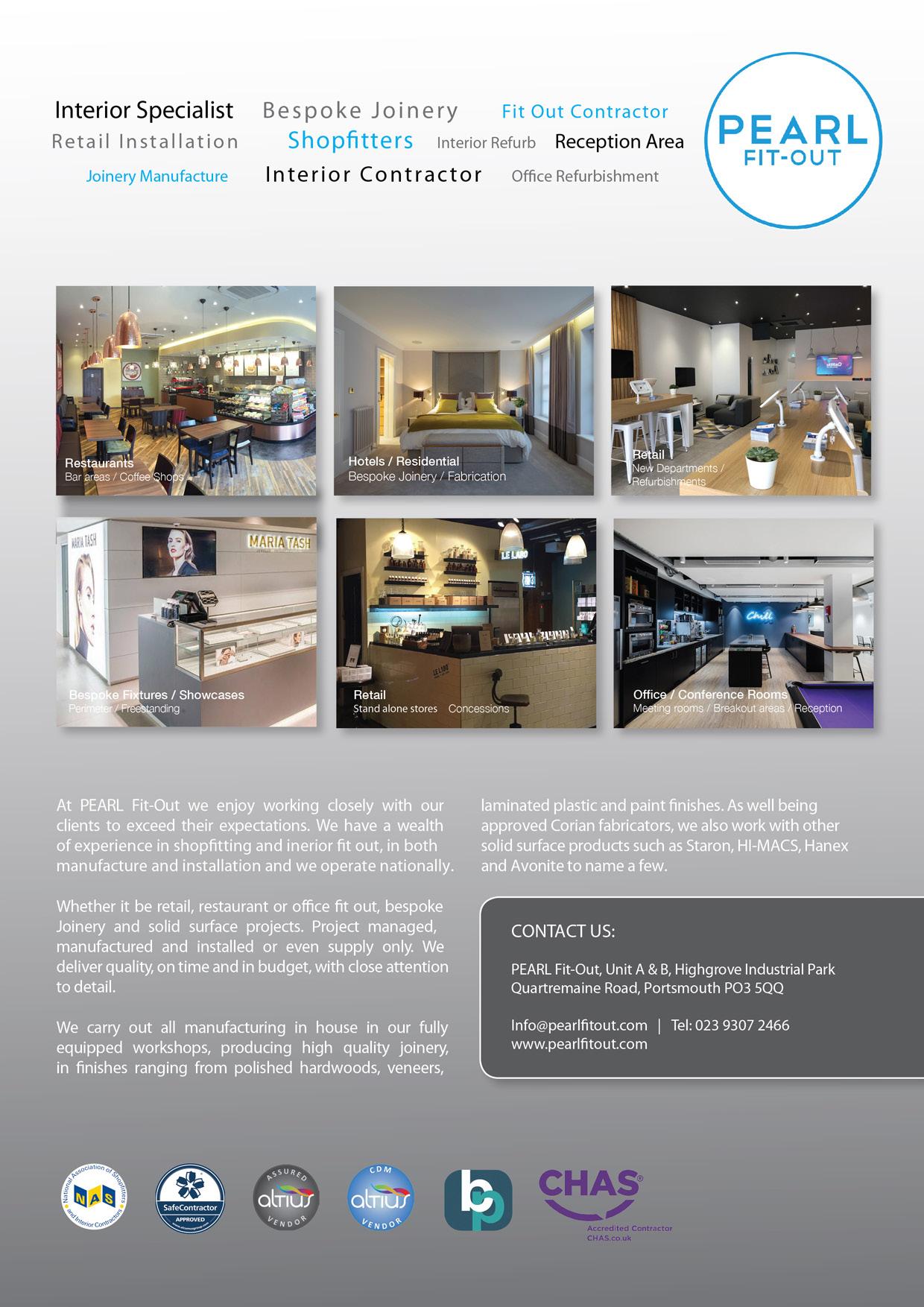
4 minute read
3 ways to make your store more inclusive for children with autism

It’s no secret that different shoppers prefer different types of checkout experience, so your target market’s preferences should play a large role in deciding which you fit in your store.
Advertisement
Contributor: Rachel Clinkard of Charles Clinkard

Diversity and inclusion are very important for those within the retail industry, as customers place their loyalty with businesses that celebrate accessibility through their services, products and their campaigns. In fact, in the last year, 41% of shoppers have moved away from a retailer that does not reflect these values, so it’s more important than ever to make sure your stores do offer such inclusion. There are around 700,000 adults and children in the UK on the autistic spectrum. These people often have more complex needs to those generally provided to customers, and activities like shopping can be extremely stressful, especially for young children. While many shops recognise and cater for these children by taking part in events like Autism Hour, business owners should strive to adapt even further and support children with autism all year round. Here are three of the best ways you can make families and children with autism feel more comfortable shopping in your store.
Avoid sensory overload Environment is very important to shoppers, and those on the autistic spectrum can struggle if the atmosphere of your store puts them off. In particular, loud music, bright lights, and busy displays with all the bells and whistles can cause sensory overload in a child with autism. They deal with this in a range of ways, from outbursts to shutting down completely. One of the ways you can avoid causing distress and make your store more inclusive for children on the autistic spectrum is to have a designated quiet room or area children with autism can go to decompress away from the crowds. Put some comfy beanbags, books, colouring kits, or toys out so they can distract themselves from sensory overload. Low or dimmed lighting in this area can also help keep them calm.
Offer a bespoke service Your staff also need to be trained and educated in how to avoid causing stress to children on the autism spectrum, including giving them plenty of space, talking them through the different products you sell, and explaining how to choose between them or try them on. This is because a child with autism not knowing what will happen when they go shopping can cause anxiety, especially when it’s outside of their normal routine, so understanding the process can help.


You should also make sure you have enough staff for them to spend time building rapport and providing a tailored service to each family in your store. If you can, try to keep track of who serves who, so they can have the same staff member each time they visit, as a familiar face can help make shopping feel more like a routine. You should have ways for parents to get in touch with your store before they visit so they can tell you about any special requirements their child might have. That way, you can make the necessary preparations and provide the best service possible.
Educate others about your process Raising awareness about the needs of children with autism is just as important as creating safe spaces for them to shop with their families, as it’s one of the most commonly misunderstood conditions. Parents of children with autism often have to suffer criticism from other parents who may not understand why their children behave a certain way, so making all of your customers aware of what you do and why it’s important, can help make sure nobody has to feel uncomfortable in your store. You need to make other businesses as well as customers aware of the changes you are making to your shop and the services you provide by including plenty of information about it on your website, social media, and other marketing channels. That way, you can inspire others to do the same, and more retailers will have autismfriendly ways to shop available. It can also help to create some resources that families can use to help prepare their children for a trip to your store. These can be books, videos, or other methods of explaining how to shop in your store, so they know what to expect when they arrive. This may help them feel less anxious and those resources can be used and shared time and time again. The tips in this guide can help you make the necessary changes to your store to appeal to a diverse range of families. Focus on reducing the risk of sensory overload, offering a tailored service to all your customers, and raising awareness of the needs of children with autism.










